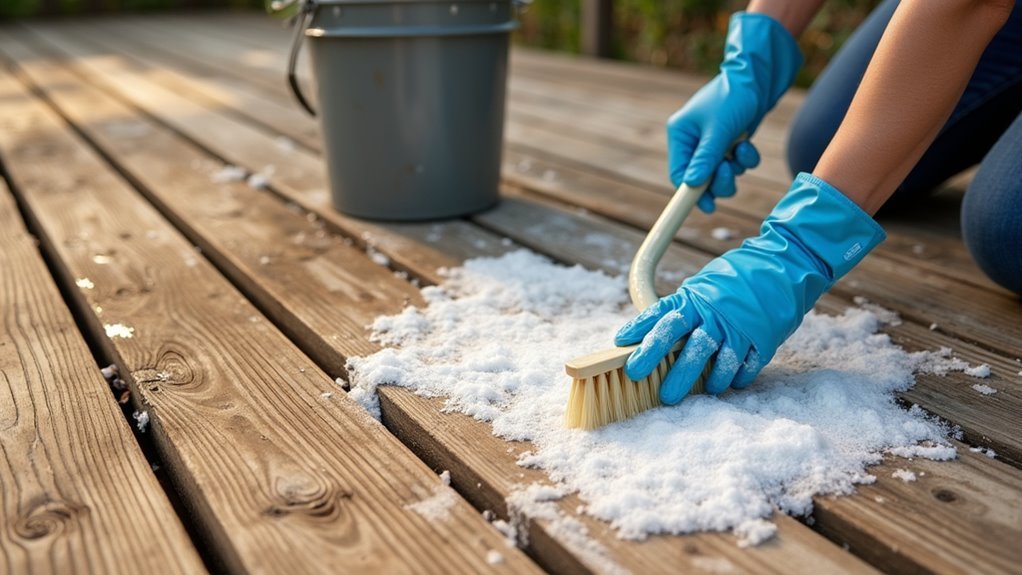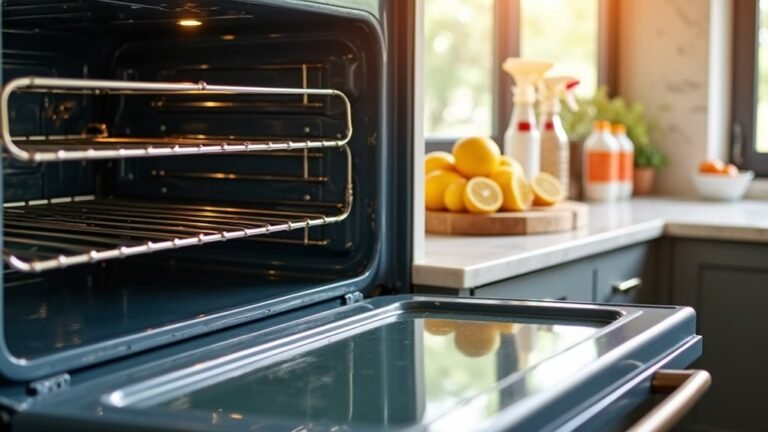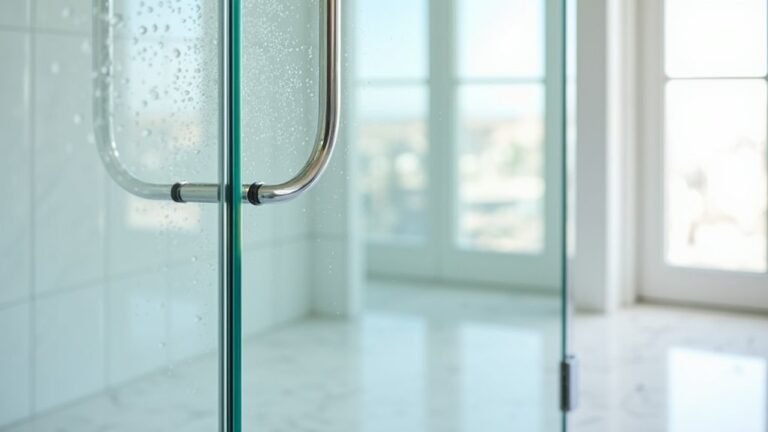Have you noticed your deck getting dirty and wondered if you need an expensive pressure washer to clean it? Don’t worry – you can get your deck looking great again using simple items from around your house. Just like wiping down kitchen counters, cleaning your deck helps protect the wood and keeps your outdoor space looking fresh.
According to Bob Vila, home improvement expert and former host of “This Old House”: “A pressure washer isn’t always the best solution for deck cleaning. Sometimes good old-fashioned soap and water with a scrub brush can be more effective and less damaging to the wood.”
You’d be surprised how much dirt, leaves, and other gunk can build up on your deck over time. The good news is that cleaning your deck without special equipment is possible and can actually be better for the wood in the long run. A gentle cleaning approach helps prevent damage while still getting rid of the mess that makes your deck look old and worn out.
Save Your Wooden Deck

Why spend a fortune on expensive equipment when you can save your wooden deck with simple household items?
We’ve found that regular inspections can catch warping or rot before they become major problems.
Perhaps most importantly, gentle cleaning with a mild soap solution (just 1 cup of dish soap per gallon of water) and a soft-bristle brush prevents those annoying splinters that seem to appear out of nowhere. Regular care and attention are essential for maintaining a beautiful composite deck.
##
We’ve found some incredibly helpful YouTube tutorials from experts like Steven Walley and Evie Graham that show exactly how to clean your Trex composite deck without damaging it.
These step-by-step videos demonstrate everything from mixing gentle cleaning solutions to proper scrubbing techniques, and they often include those little tricks you’d never think of on your own. Regular attention to white vinyl fencing enhances curb appeal and longevity, making it a smart investment in property value.
I think these resources are particularly valuable for visual learners who want to see the cleaning process in action rather than just reading about it.
Things to Do When Cleaning A deck without a pressure washer
Cleaning a deck without a pressure washer is a straightforward process that preserves your wooden deck’s integrity while effectively removing dirt and grime.
This gentler approach prevents the wood damage that high-pressure washing can cause, extending your deck’s lifespan through proper maintenance.
With just a few common household items and some elbow grease, you can restore your deck’s natural beauty and protect your investment.
- Clear the deck completely – Remove all furniture, plants, and decorations to create an unobstructed cleaning surface and prevent cleaning solution from damaging your belongings.
- Sweep thoroughly – Use a broom to remove loose debris like leaves, dirt, and pine needles that could cause staining if left during the cleaning process.
- Pre-wet the surface – Lightly spray the deck with water to help the cleaning solution penetrate more effectively into the wood grain.
- Prepare a mild cleaning solution – Mix one cup of mild dish soap with a gallon of warm water for an effective yet gentle cleaning solution.
- Scrub with the grain – Apply the solution with a soft-bristle brush, working in small sections and following the wood grain to prevent scratching the surface.
- Focus on problem areas – Give extra attention to heavily soiled or stained sections, using gentle but persistent scrubbing rather than excessive pressure.
- Rinse thoroughly – Immediately rinse each section after scrubbing, keeping the hose 6-12 inches above the deck to wash away all soap residue.
Things to Avoid When Cleaning A deck without a pressure washer
Cleaning your deck without a pressure washer requires careful attention to avoid common mistakes that can damage the wood or compromise its appearance.
While manual cleaning might seem more gentle than pressure washing, using improper techniques or harsh chemicals can still cause significant harm to your deck’s surface, structural integrity, and overall lifespan.
- Chlorine bleach – Damages wood by whitening its natural color, corrodes metal fasteners, harms surrounding vegetation, and fails to effectively eliminate mold spores at their roots.
- Undiluted vinegar – Can leach natural coloration from wood fibers, potentially causing uneven staining or weakening the wood’s surface when not properly diluted with water.
- Ammonia and bleach combinations – Creates dangerous chlorine gas that causes respiratory distress, eye irritation, and potential serious health complications when inhaled during cleaning.
- Stiff-bristled brushes on soft woods – Scratches and gouges cedar and other soft wood surfaces, leaving permanent damage that’s visible after the deck dries and can worsen over time.
- Skipping solution patch tests – Risks widespread discoloration or damage when cleaning solutions react poorly with specific deck materials, finishes, or existing sealants.
Steps
While pressure washers offer convenience for deck cleaning, they can potentially damage wood fibers if used incorrectly.
Fortunately, you can achieve excellent results with basic tools and some elbow grease.
The manual approach allows for better control and gentler cleaning that preserves your deck’s integrity while still removing dirt, grime, and stains effectively.
Steps
Step 1: Clear the deck completely by removing all furniture, planters, grills, and decorations to create an unobstructed work area.
Step 2: Inspect the deck thoroughly for warped boards, protruding nails, splintering wood, or rotting sections that require repair before cleaning.
Step 3: Sweep the entire surface with a stiff broom to remove loose debris, using a narrow brush to clear dirt trapped between deck boards.
Step 4: Pre-rinse the deck using a garden hose to loosen stubborn dirt and prepare the surface for cleaning solution.
Step 5: Prepare your cleaning solution by mixing one cup of dish soap with one gallon of warm water in a bucket.
Step 6: Apply the cleaning solution to a small section of the deck and scrub gently with a soft-bristle brush in the direction of the wood grain.
Step 7: Rinse each section immediately after scrubbing to prevent the solution from drying and leaving streaks or residue.
Step 8: Allow the deck to dry completely for 24-48 hours before replacing furniture and using the space again.
Final Thoughts
Although cleaning your deck without a pressure washer requires more effort, the rewards of this gentle approach can’t be overstated.
##

Cleaning your deck without a pressure washer isn’t just possible—it’s often the gentler, more controlled approach that can extend your deck’s life.
Gentle, manual deck cleaning preserves wood integrity and offers more control than harsh pressure washing methods.
By using simple solutions like dish soap and water, oxygen-based bleaches for tough spots, and allowing proper drying time of 24-48 hours, you can maintain a beautiful deck without risking damage from high-pressure equipment.
Remember that patience is key in this process.
Taking the time to scrub with the grain using a soft-bristle brush and testing solutions on inconspicuous areas first will protect your investment.
The post-cleaning inspection is equally important, giving you the opportunity to catch and address any structural issues before they become serious problems.
Don’t let the absence of a pressure washer deter you from deck maintenance.
These manual methods may take a bit more effort, but they provide excellent results without the risk of gouging or splintering your wood surfaces.
Set aside a weekend twice a year for this task, and your deck will continue to be an enjoyable outdoor space for years to come.
Your deck is an extension of your home—treat it with care, and it will reward you with lasting beauty and functionality. Additionally, employing regular cleaning practices can help maintain your deck’s appearance and integrity over time.






